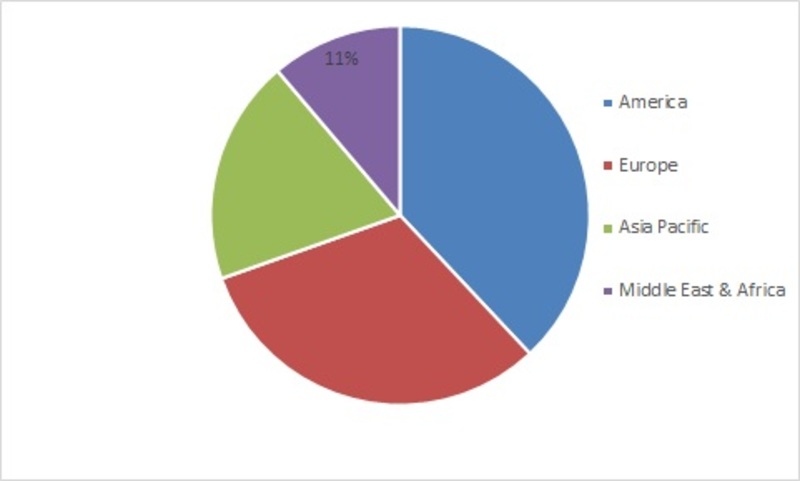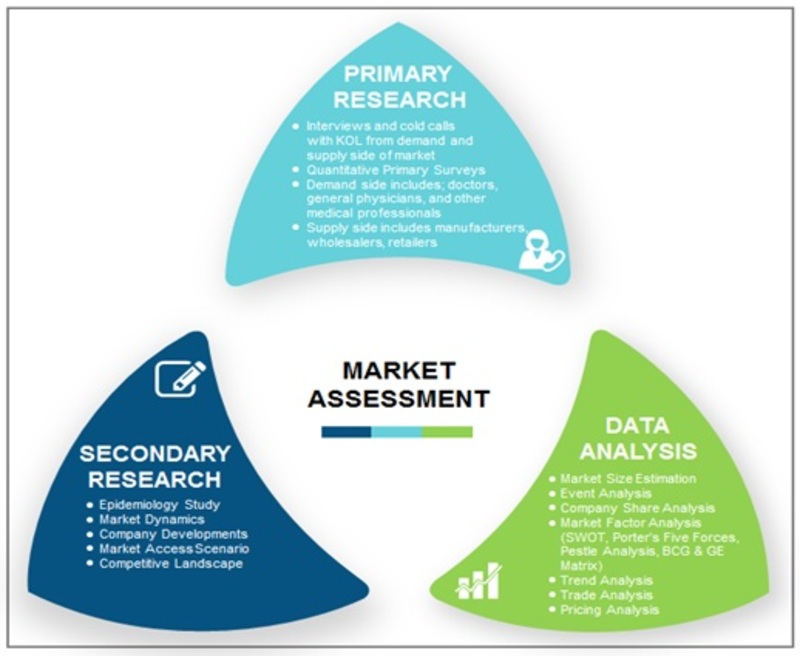Certified Global Research Member


Key Questions Answered
- Global Market Outlook
- In-depth analysis of global and regional trends
- Analyze and identify the major players in the market, their market share, key developments, etc.
- To understand the capability of the major players based on products offered, financials, and strategies.
- Identify disrupting products, companies, and trends.
- To identify opportunities in the market.
- Analyze the key challenges in the market.
- Analyze the regional penetration of players, products, and services in the market.
- Comparison of major players’ financial performance.
- Evaluate strategies adopted by major players.
- Recommendations
Why Choose Market Research Future?
- Vigorous research methodologies for specific market.
- Knowledge partners across the globe
- Large network of partner consultants.
- Ever-increasing/ Escalating data base with quarterly monitoring of various markets
- Trusted by fortune 500 companies/startups/ universities/organizations
- Large database of 5000+ markets reports.
- Effective and prompt pre- and post-sales support.
Wearable Heart Monitoring Devices Market Scenario
The wearable heart monitoring devices market is projected to reach USD 1,900 Million by 2030 at 11.50% CAGR during the forecast period 2022-2030. Digital revolution and the rapid development of the information technology has transformed virtually every industry and healthcare industry is no exception. Recently, novel devices for wireless monitoring have emerged and begun to be integrated with cardiac patient care. This has led to the development of wearable heart monitoring devices market. By set-up, a majority of the wearable heart monitoring devices consists of wearable monitoring device and a portable data transmission device which transmits real time medical data for analysis. According to the National Health Service in 2018, an average American is constantly connected via high bandwidth to a vast network of data and sophisticated digital platforms with over 90% of American adults owning a cell phone and 55% having smart phones. Such exploitation of the technology has facilitated the development of mobile phones based wearable heart monitoring devices.
Cardiac conditions such as atrial fibrillation (AFib) requires extensive and continuous monitoring. Conventionally, Holter monitoring is exploited for the same. But since the technology is expensive and risks of missing arrhythmias are associated, a number of new and effective technologies for wireless monitoring are devised which has facilitated the market growth. According to the Centres for Disease Control and Prevention in 2018, 2.7-6.1 million people in the United States have AFib. Moreover, it is reported that more than 750,000 hospitalizations occur each year in the U.S. because of AFib, accounting to the estimated medical cost for people who have AFib to be about USD 8,705 per person. Such trends in the prevalence of AFib along with high per capita healthcare expenditures in the developed countries and growing geriatric population is estimated to boost the market growth during the forecasted period. However, lack of awareness for the products, low healthcare expenditures in the developing countries and stringent FDA approvals will restrain the market growth during the forecasted period.
wearable heart monitoring devices market share, by Region
Sources: WHO, annual reports, press release, white paper, and company presentation
Key players for wearable heart monitoring devices market
The key players for the wearable heart monitoring devices market are Medtronic (U.S.), Kinetec Products UK Ltd. (South America), Beurer GmbH (Europe), Medisana AG (Europe), Briggs Healthcare (U.S.), Polar Electro (Europe), SUUNTO (Europe), Koninklijke Philips N.V. (Europe), Garmin Ltd. (Europe), and others.
Segmentation
Wearable Heart Monitoring Devices Market is segmented on the basis of Products, Type, Application, and End Users.
On the basis of products, the market is segmented as electric pulse based, optical technology-based, and others. The electric pulse based segment is sub-segmented into chest straps, chest patches and others. The optical technology based segment, by product, is further segmented into smart watches, earphones, and others. On the basis of type, the market is categorised into chargeable, non-chargeable, bluetooth enabled, and others. On the basis of application, the market is segmented into healthcare, consumer market, and others. On the basis of end users, the market is segmented into hospitals, retail pharmacies, academic institutes, and others.
Regional Analysis
America dominates the wearable heart monitoring devices market owing to a well-developed healthcare sector and a highly developed information technology sector. Moreover, high prevalence of AFib diseases, increasing healthcare expenditure have boosted the growth of the market in America. Moreover, the presence of developed economies like the U.S. and Canada and global players such as Medtronic, Briggs Healthcare within the regional boundaries fuels the market growth.
Europe is the second largest Wearable Heart Monitoring Devices Market, which is followed by Asia Pacific. Availability of funds for research, well developed healthcare infrastructure, huge patient population and government support for research & development will drive the Wearable Heart Monitoring Devices Market in the Europe.
Asia Pacific is the fastest growing region for the market due to the presence of developing economies like India and China within the region which have increasing healthcare expenditures. This along with favourable government policies will boost the market growth in the presence of huge opportunity for the untapped market within the region.
The Middle East & Africa has the least share in the wearable heart monitoring devices market due to presence of poor economies especially in the African region. Majority of the market of the Middle & Africa region is held by the Middle East due to a well-developed healthcare sector and huge healthcare expenditure by the presence of regional economies like Saudi Arabia, Kuwait and Qatar within the region.
Research Methodology

Sources: WHO, annual reports, press release, white paper, and company presentation
Intended Audience
- Pharmaceutical companies
- Biotechnological institutes
- Research and Development (R&D) Companies
- Medical Research Laboratories
- Market Research and Consulting Service Providers
Leading companies partner with us for data-driven Insights
Kindly complete the form below to receive a free sample of this Report
Tailored for You
- Dedicated Research on any specifics segment or region.
- Focused Research on specific players in the market.
- Custom Report based only on your requirements.
- Flexibility to add or subtract any chapter in the study.
- Historic data from 2014 and forecasts outlook till 2040.
- Flexibility of providing data/insights in formats (PDF, PPT, Excel).
- Provide cross segmentation in applicable scenario/markets.





















